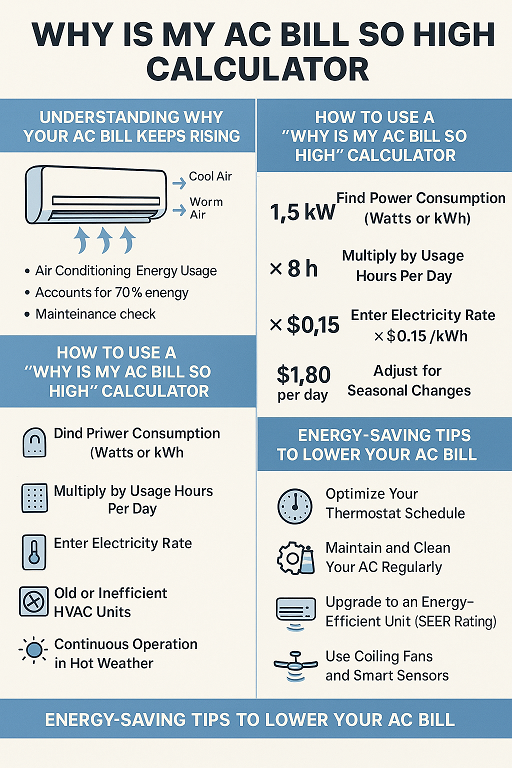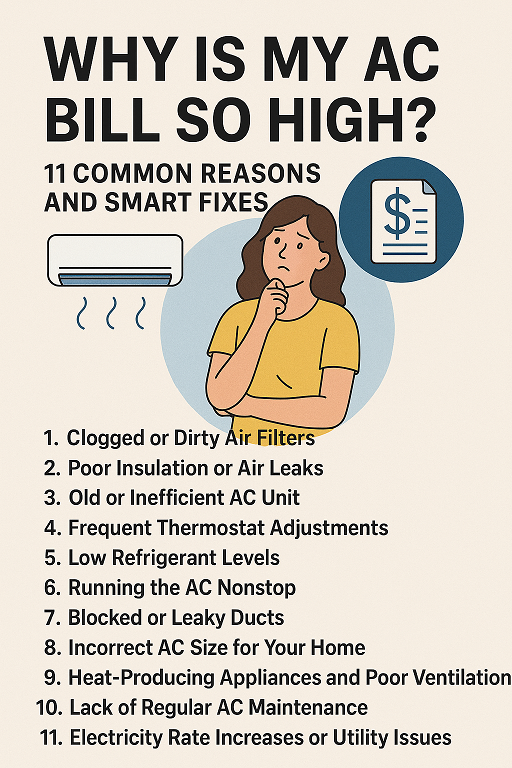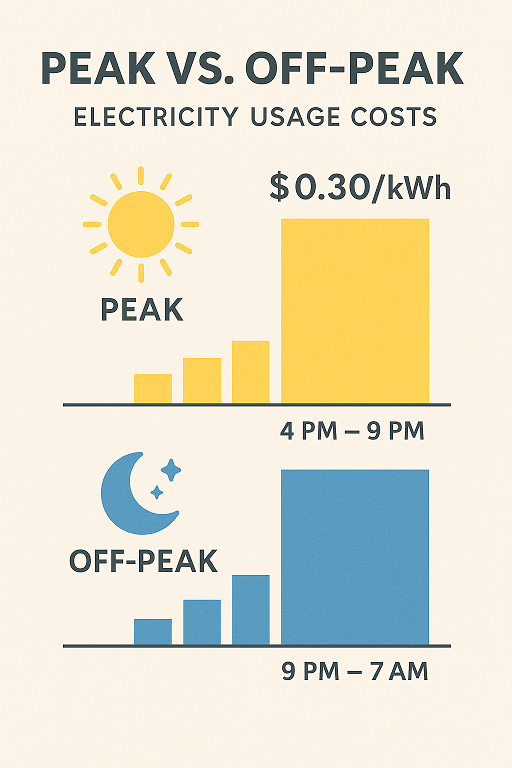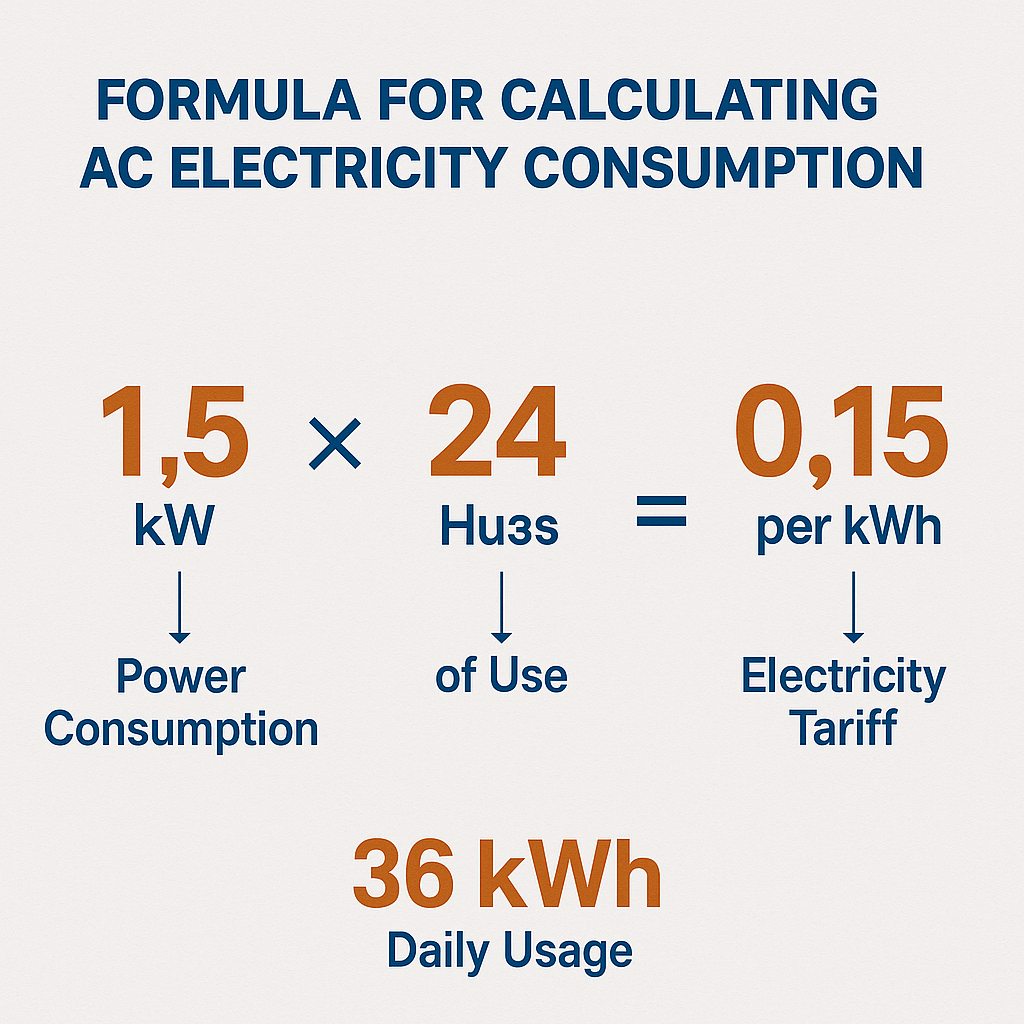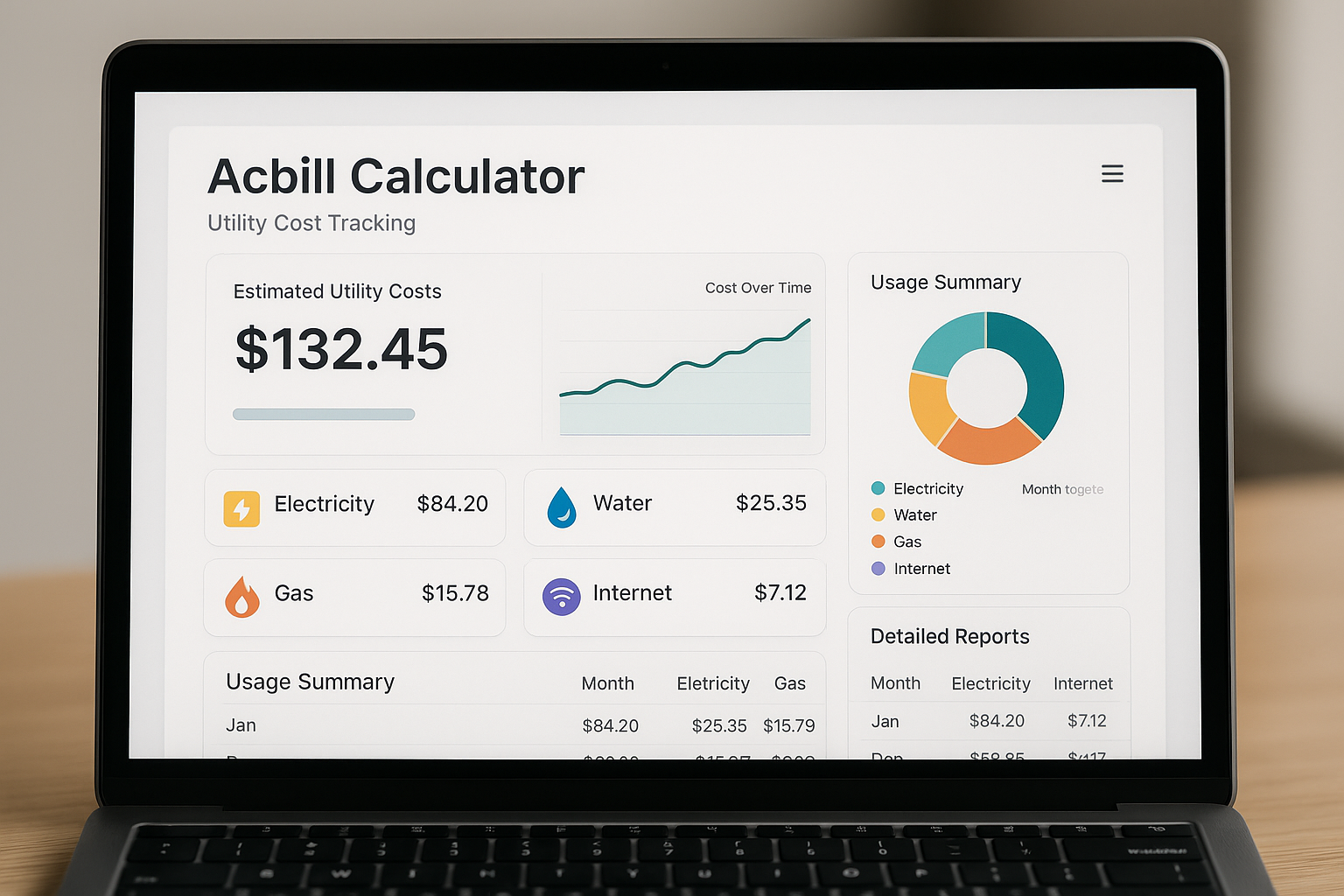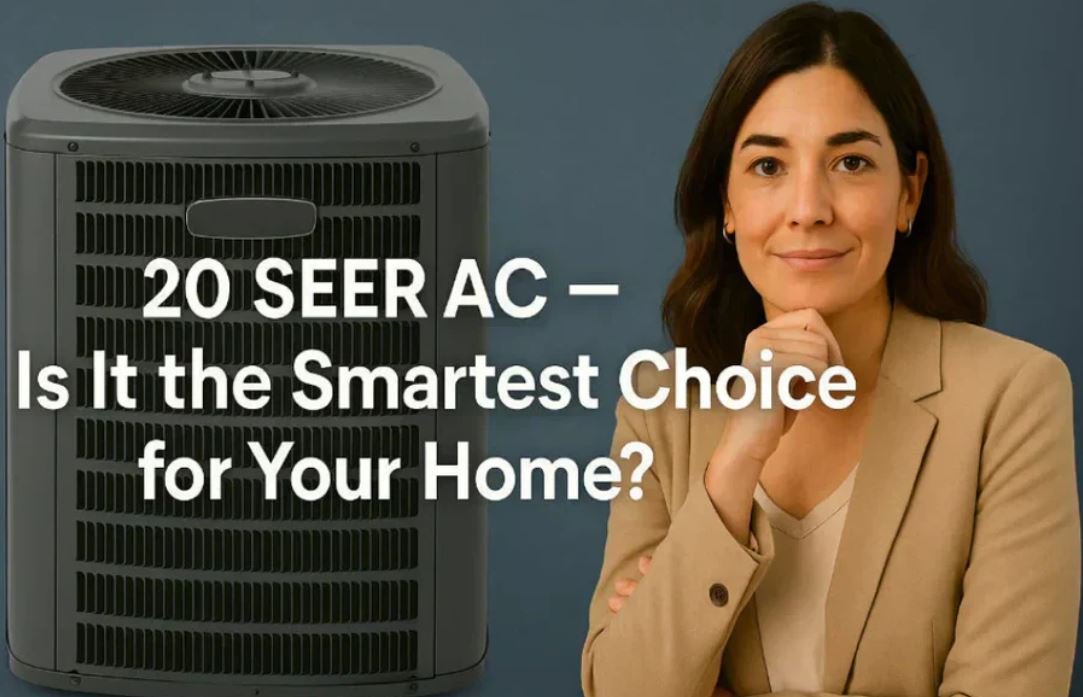
Buying an Energy-Efficient AC: Save on Future Bills
Buying an Energy-Efficient AC: Save on Future Bills
Choosing the right air conditioner is not just about cooling your home or office but also about making a good investment to save money in the long run. In today's technologically advanced world, anyone can afford to buy an energy-efficient AC and enjoy comfort, while reducing the cost of their electricity bills and reducing the damage left behind.
As a residential or commercial property owner, you should know that SEER >20 models, inverters, and solar-friendly are trending features in 2025. This tutorial will enable you to know how to choose the best unit depending on your needs.
Why Energy Efficiency in Air Conditioners Matters
Rising Energy Costs and Environmental Impact
Electricity prices are rising every year, and air conditioners are considered one of the most energy-consuming appliances. Older ACs have such high power consumption that the cost of electricity bill increases every month. On the contrary: energy-efficient ACs reduce electricity consumption by up to 50%- and at the same time save the planet by reducing greenhouse gas emissions.
Long-Term Savings for Homes and Businesses
Some ACs can save money in the long run due to their efficiency; however, they often cost more than their less efficient counterparts, but can recover that money in just 3-5 years due to their greater energy efficiency. The savings are even greater in commercial spaces (and in some cases, a commercial space can save thousands of dollars in operating costs per year).
Understanding Energy Efficiency Ratings
What is SEER and Why SEER >20 Matters
Seasonal Energy Efficiency Ratio (SEER) is the ratio by which an AC is able to convert energy into cooling. The higher the SEER rating, the more cooling it will provide for any given unit of electricity consumption.
- Standard units: SEER 13 – 16
- High will efficiency units: SEER 17–20.
- High Efficiency units: SEER >20
Choosing SEER >20 gives you peak performance & long-term cost savings.
Difference Between EER, SEER, and HSPF
- EER (Energy Efficiency Ratio): Measure of peak performance.
- SEER: Watches the performance of the different conditions across seasons.
- HSPF (Heating Seasonal Performance Factor): Is the heating efficiency of a heat pump system.
Types of Energy-Efficient AC Units
Central AC vs. Ductless Mini-Splits
- Central AC: Suitable in case of large houses that have pre-existing ductwork.
- Mini-splits: Perfect where less space is available or only single rooms are to be conditioned, as much as 40 percent more efficient because no duct losses occur.
Inverter Technology Explained
Unlike conventional systems which stop and start, inverter ACs vary compressor speed continuously consuming 30 to 40% power lesser and maintaining the uniform cooling.
Solar-Compatible Air Conditioners
Solar-friendly ACs are able to integrate with rooftop solar systems and take advantage of clean energy to eliminate the burden of cooling. In other cases, they can be used off-grid, making them a great option for outdoor spaces.
Key Features to Look for in an Energy-Efficient AC
- Smart Thermostats and Automation-Set better cooling schedules.
- Variable Speed Compressors -Remain comfortable using less energy.
- Environmentally Friendly Refrigerants - R-32 and R-410A have a minimum impact on the environment
Top Energy-Efficient AC Models in 2025
Best Residential SEER >20 Units
Companies such as Daikin, Trane and Mitsubishi head the market with high-inverter-driven units.
Commercial-Grade High-Efficiency Systems
Carrier and Lennox are the two best choices that offer large-scale capacities in changing office buildings, with the SEER ratings of above 22.
Investigational & Next-Gen AC Innovations
Incoming technology is thermoelectric cooling and AI-based load management systems with a targeted increase in savings.
Cost Analysis: Energy-Efficient vs. Standard AC
Initial Investment vs. Long-Term Savings
Although an energy efficient AC model costs between 20%-40% more initially, it can save up to 3000-7000 dollars depending on the frequency of use.
Utility Rebates, Tax Credits, and Incentives
Rebates also exist: governments and power providers frequently provide incentives to purchase high-efficiency models up to 30 percent of the costs of installation.
Maintenance Tips to Maximize Efficiency
- Change filters once a month to once every 3 months.
- Have professional tune ups twice a year.
- Use intelligent monitoring applications.
Frequently Asked Questions (FAQs)
Q1. How much will I save by use of an energy-efficient AC?
Up to 50 percent savings on energy costs, based on SEER, usage.
Q2. What is the most appropriate SEER rating of my house?
One the highest savings perspective, obtain SEER>20.
Q3. Are inverter AC more worth their price?
Yes--at least most of them, pay their own way in 2 or 4 years.
Q4. Do solar compatible acs work off-grid?
Yes, when combined with enough solar power and battery.
Q5. Do energy efficient ACs sustain long?
Average of 1520 Years, depending on maintenance.
Q6. Do special maintenance apply to energy efficient ACs?
No-- just regular cleaning and tune-ups but smart sensors can increase lifespan.
Conclusion: Invest Smart, Save More
Buying an energy-efficient AC isn't just about comfort - it's a financially smart and environmentally friendly decision. By choosing a SEER >20 model with inverter technology or solar compatibility, you can future-proof your home or business and reduce energy bills for years to come.
